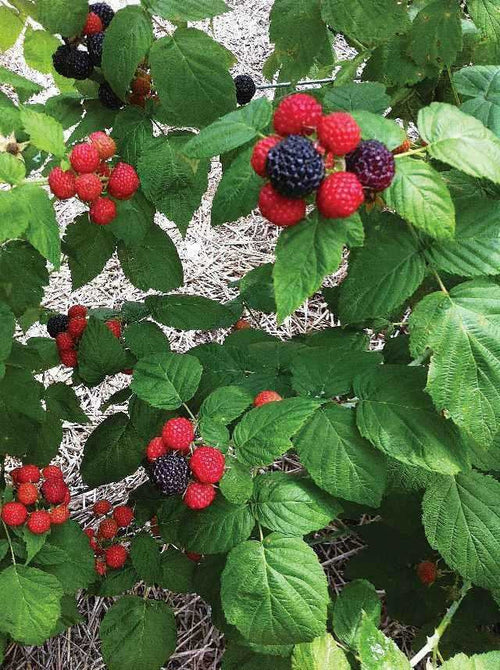Friday, July 22
TN Nurseries best selling berry plants
Low Bush Blueberry
Dewberry
Wild Strawberry
Blackberry
How to control weeds in a garden
Most people enjoy the rewards of a garden; One of the nastiest enemies of any gardener is classified as the weeds which grow within the garden.
Weed control in the garden is vital, as weeds are designated by nature and multiply.
You can select green vegetables you'll most certainly grow within your garden due to their taste. For that reason, there could be varieties that are not as tolerant compared to weeds which will creep and find their way into any garden. Weeds can multiply and multiply more rapidly when matched with the neighboring green vegetables that they will be competing for nourishment.
For this reason, you need to constantly have a head start on the weeds getting in your garden and stop all of them at bay. Several people could very well think that simply roto-tilling their garden may eliminate weeds because they are turned below the soil. However, you may very well be making the weed trouble more serious since turning on the mud could very well bring weed seeds beneath the earth to the surface. The most effective alternative is to cover the outdoor areas using mulch virtually every fall to avoid seeds from coming inside your garden.
Vegetation that is weaker similar to cabbage, needs to be planted indoors and transplanted into the garden once they are just right to compete with the healthier weeds which will grow within the garden. Sadly you may need to find time to tug the undesirable weeds out of your garden. But it may be much better to pull off the weeds when they are tiny and the roots have not taken a steady hold within the soil. Do not allow the weeds to get out of your control because you shall be overwhelmed by the number of efforts necessary to help keep your garden free of weeds. Generally, there are many garden tools and equipment which you may employ to keep the weeds manageable. That would include swan and also collinear hoes as well as farmer's weeders. You might make use of the Swan hoe to brush off the weeds, identical to how you clean a floor. Make every effort to keep your wedding tools and equipment sharp.
A hoe that is sharp enough is not only going to cut the weeds but will also split the plants from their origins. You may also use a pair of scissors to chop weeds away from green vegetables under challenging places that don't let you use a garden hoe.
So many different varieties of mulches are there which you can use in the garden to reduce garden weeds. The first variety can be classified as organic mulches, including all sorts of lifeless plant matter. Grass clippings, straw, leaves, as well as hay are all types of organic mulches. Each of these should be spread so thickly that it can prevent the sunshine and prohibit weeds. Synthetic mulches can generate the very same outcomes as organic mulches. A few synthetic mulches don't permit enough moisture to pass through, while others may overheat the soil, which could be destructive to some garden crops. In the end, the very last variety of mulches are classified as living mulches.
A few vegetables that can be brought into use as living mulches may include lettuce, spinach, and kale. You may well plant lettuce with other crops because it grows slowly and will not shade other plants' vegetation, etc., while it matures. Moreover, lettuce doesn't utilize a lot of vitamins and minerals coming from the soil. For this reason, it will not be in any competition with its adjoining green vegetables.



















































